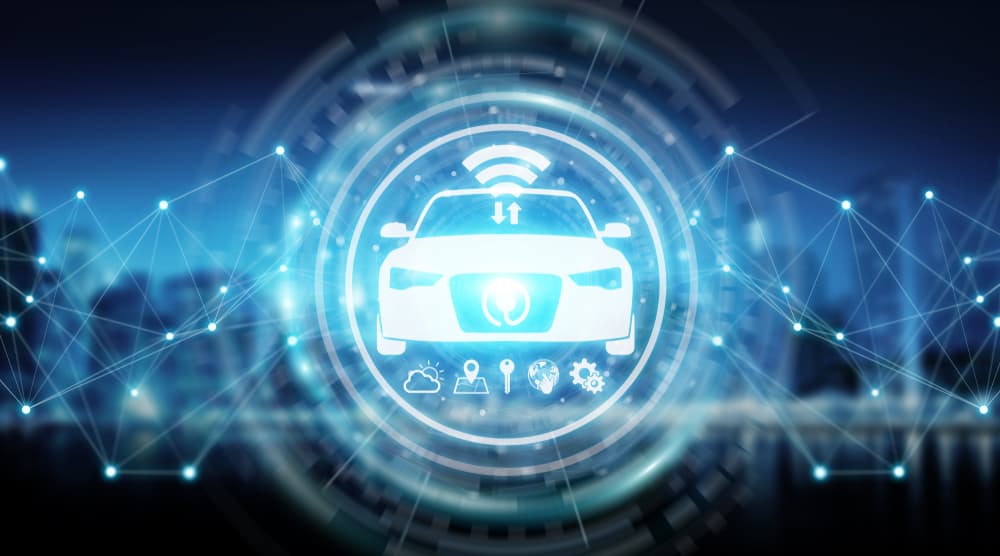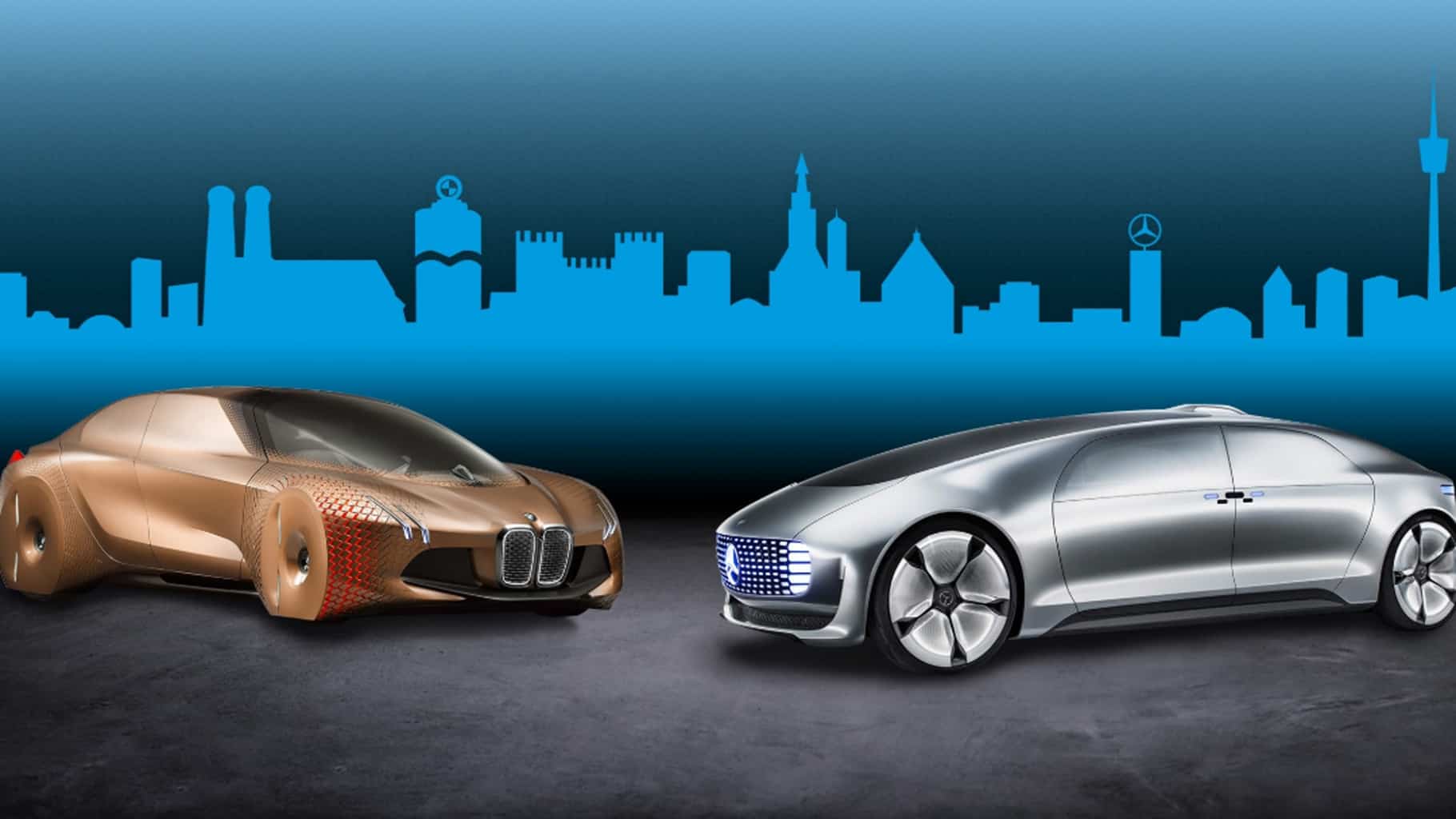Though the average American home has 1.8 cars, and pretty much every consumer-facing business from coffee joints to drugstores offers drive-through services, could the American culture of private car ownership be coming to an end?
Peak car is the hypothesis that private car ownership has reached its zenith and will indefinitely be on the decline. Currently, several global trends are merging and attempting to make private automobile ownership a thing of the past.
With the increasing worldwide trend toward urbanization, for some car ownership is either proving to be more of a hassle than it is worth – or too expensive. Trends in city planning are now geared toward making urban spaces more pedestrian-friendly. Cities are reworking their urban grids to a human scale, sometimes blocking off entire streets to create outdoor pedestrian spaces. Developers building apartments and condos are incorporating restaurant and retail spaces into the ground floor. All these trends in urban living are meant to reduce congestion and make cities greener and more breathable – at the expense of car ownership.

These new ideas in city planning couple perfectly with a sharing economy. Mobility services are becoming more popular around the world. In 2018, 550 million Chinese used ride-hailing service Didi to take 10 billion rides – twice as many as total Uber rides worldwide. The proliferation of ride-sharing in China is a strong indicator that as economies increase in wealth, urban consumers will still opt for the convenience of ride-sharing or public transit over car ownership. Urban consumers can also leverage an increasing number of delivery services, meaning that everything from groceries to pizza can show up at their door, and they’ll never need to put their own foot on the gas pedal.
Furthermore, there is an overall generational shift in the perception of the status and excitement of car ownership. Getting a driver’s license used to be a much-anticipated rite of passage for American teenagers, but more young people are turning away from car ownership. In fact, just 26% of 16-year-olds in the U.S. bothered getting their license in 2017.
Experts predict that the tipping point will come when self-driving cars take a sizable share of the road. A driverless taxi could reduce transportation costs for consumers by as much as 60%, making mobility services even more appealing in comparison to vehicle ownership. American companies like Tesla, Ford and General Motors are pouring money into research and development on self-driving vehicles and scaling back production on traditional car manufacture; GM will be closing five North American factories and funneling $1 billion annually into self-driving cars.

It is estimated that 66% of the global population will live in urban areas by the mid-century. And though migration to mega-cities is predicted to continue into the foreseeable future, there will still be people who live in rural areas and ride-sharing will not be convenient for them. And even in more populated areas, families with small children may not feel safe using mobility services if their children need a car seat. In many ways ride-sharing is a phenomena geared toward young millennials at play and commuters.
But unfortunately, those holding out against the ride-sharing and/or automated car tide could fall victim to rising sticker prices. According to the Kelly Blue Book, the average new car price was over $37,000 in 2018. This means that consumers who still want to own their own car will look towards used vehicles or to holding onto their current vehicle as long as possible.
Is peak car really going to happen? Only time will tell…










